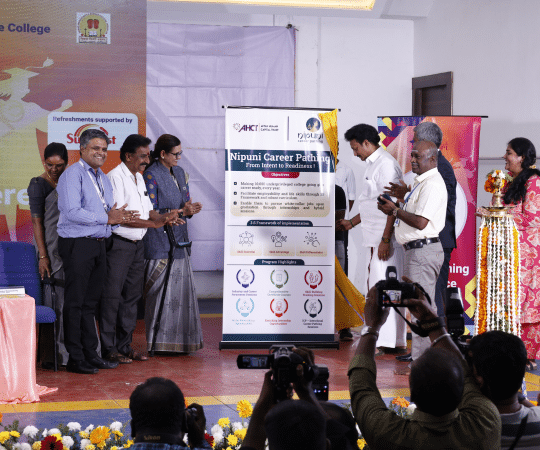E-commerce platform Meesho recently announced a gender-neutral leave policy for new parents. The 30-week leave policy is applicable for men, women, heterogeneous, and same-sex couples, irrespective of natural childbirth, surrogacy, and adoption. Live-in couples too can avail of the leaves, under the new policy.
As per Indian laws, in establishments with more than 10 workers, women are entitled to 26 weeks of maternity leave, and men in government offices are eligible for 15 days of paternity leave. Private companies have varying numbers of paternity leave.
Meesho is not the first one to adopt the gender-neutral leave policy, as a shift in paradigm. A few months ago, Cyient, an engineering, manufacturing, and technology solutions company, came up with the decision of offering a 12-week gender-neutral parental leave policy for natural and adoptive parents. Similarly, Diageo India has come up with 26 weeks of leave for all genders and sexual orientations becoming parents through natural birth, surrogacy, and adoption.
The Best Companies for Women in India, a yearly gender analytics exercise by Avtar in association with US-based Working Mother, also looks at parental leave policy as a key dimension for gender diversity policies and practices.
A global measure
In recent years, gender-neutral leave policies have been adopted increasingly by several companies in the West, in countries like the US, and the UK. Scandinavian countries- Norway and Sweden– have been offering paid leaves for fathers as a policy for over decades now.
In Australia, some years ago, a paper called ‘Designing and supporting gender-equitable parental leave’ released by the government found out that parental leave can serve several purposes. It revealed that it builds ‘gender equality, promoting bonding with babies, allowing for the care of partners and other children. Parental leave supports gender equality by helping to facilitate equitable sharing in the care of young children. It can build stronger bonds between fathers and children, especially during the child’s early years.’
The benefits
Gender-neutral leaves contribute to work-life balance and can reset gender-based roles in homes. In India, the responsibility of taking care of a baby or a child is perceived as mothers. When fathers share the responsibility, women will be encouraged to return to their careers at the earliest with support from home. It has been proven that women give up their careers the most during maternity and motherhood, making them a minority in the workforce.
The Australian paper also observed that the policy has multiple benefits for the companies.
- Increasing the number of employees returning to work after parental leave
- Reducing recruitment and training costs
- Improving staff morale and productivity
- Providing a cost-effective means of retaining skilled staff
- Improving organizational efficiency through the benefits of long service, for example, institutional memory, industry knowledge, networks, and contacts.






